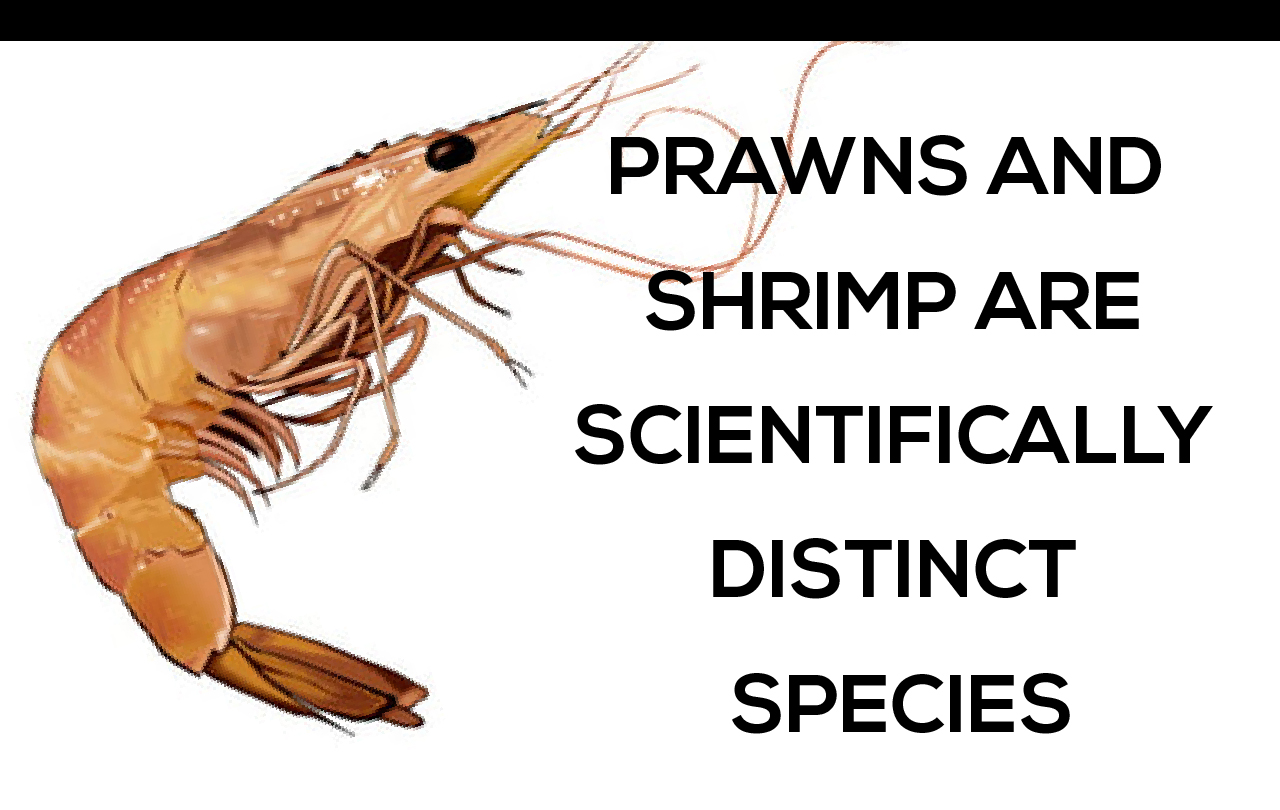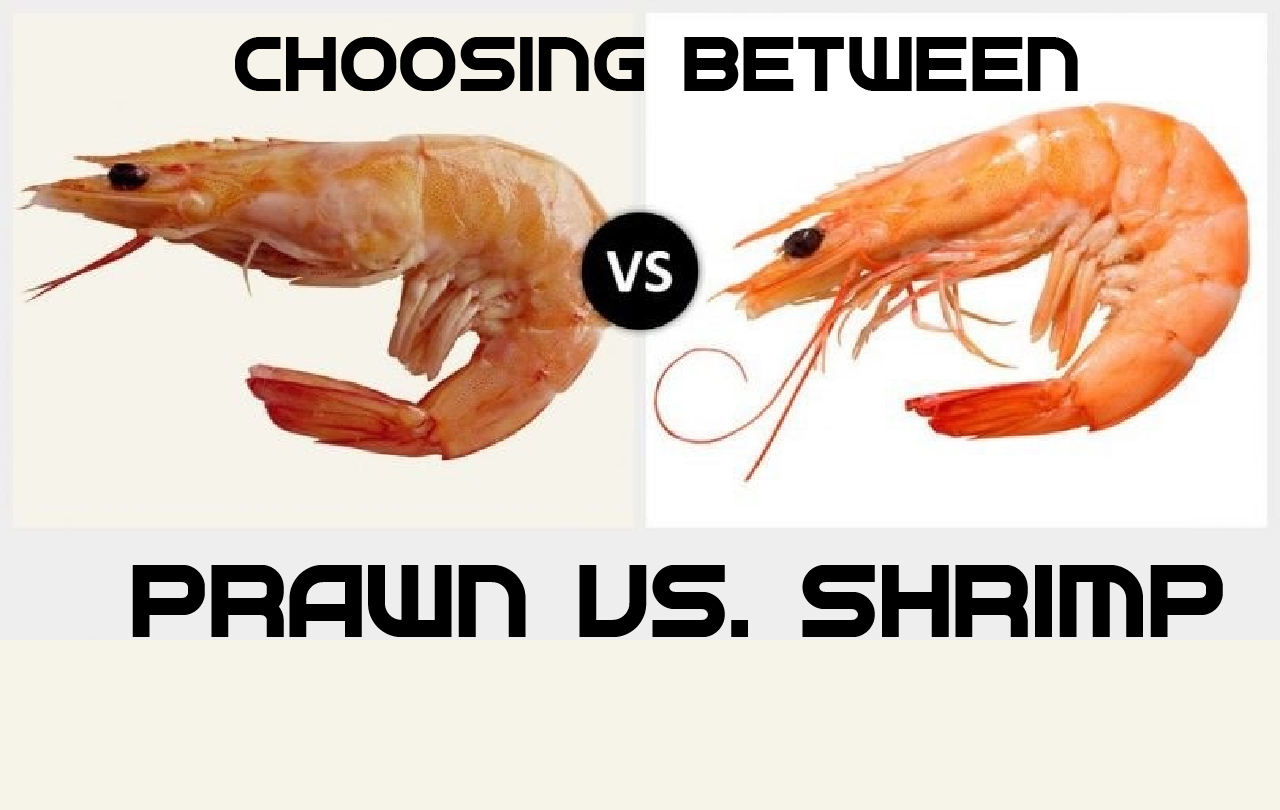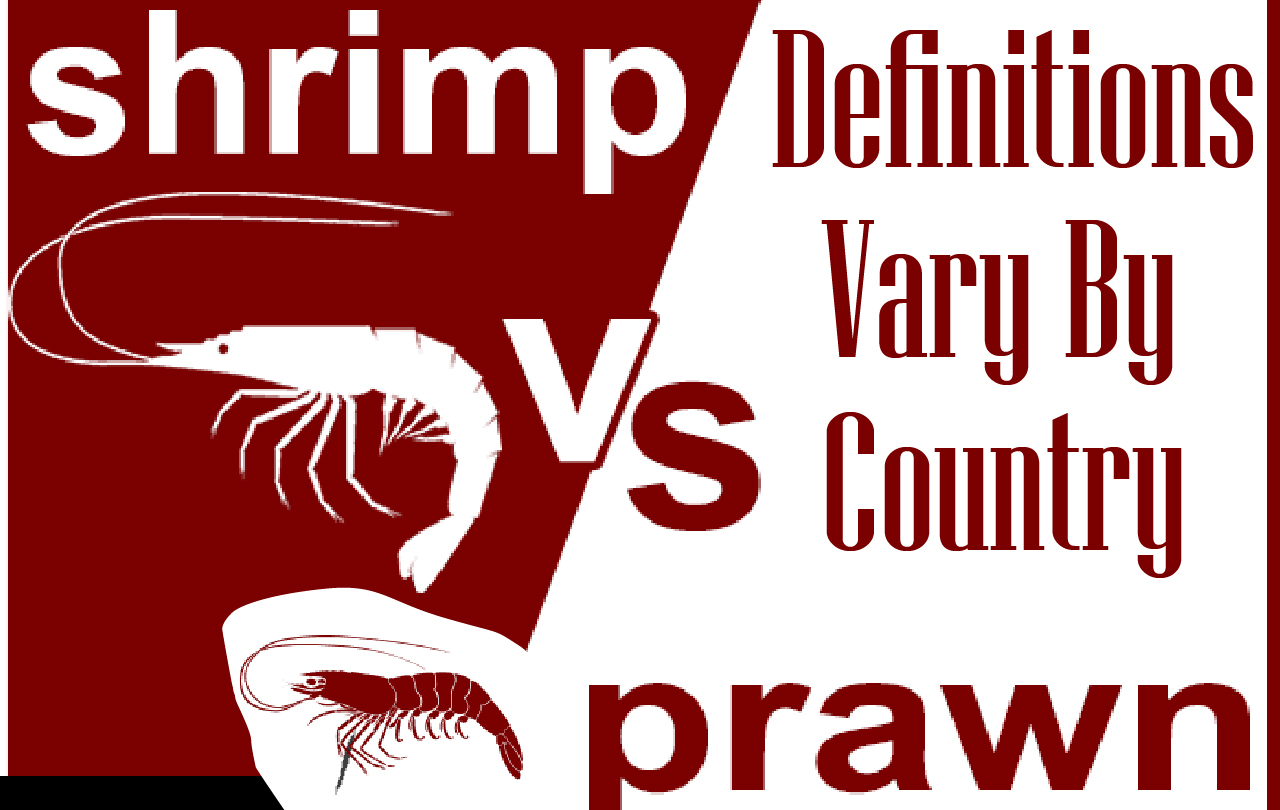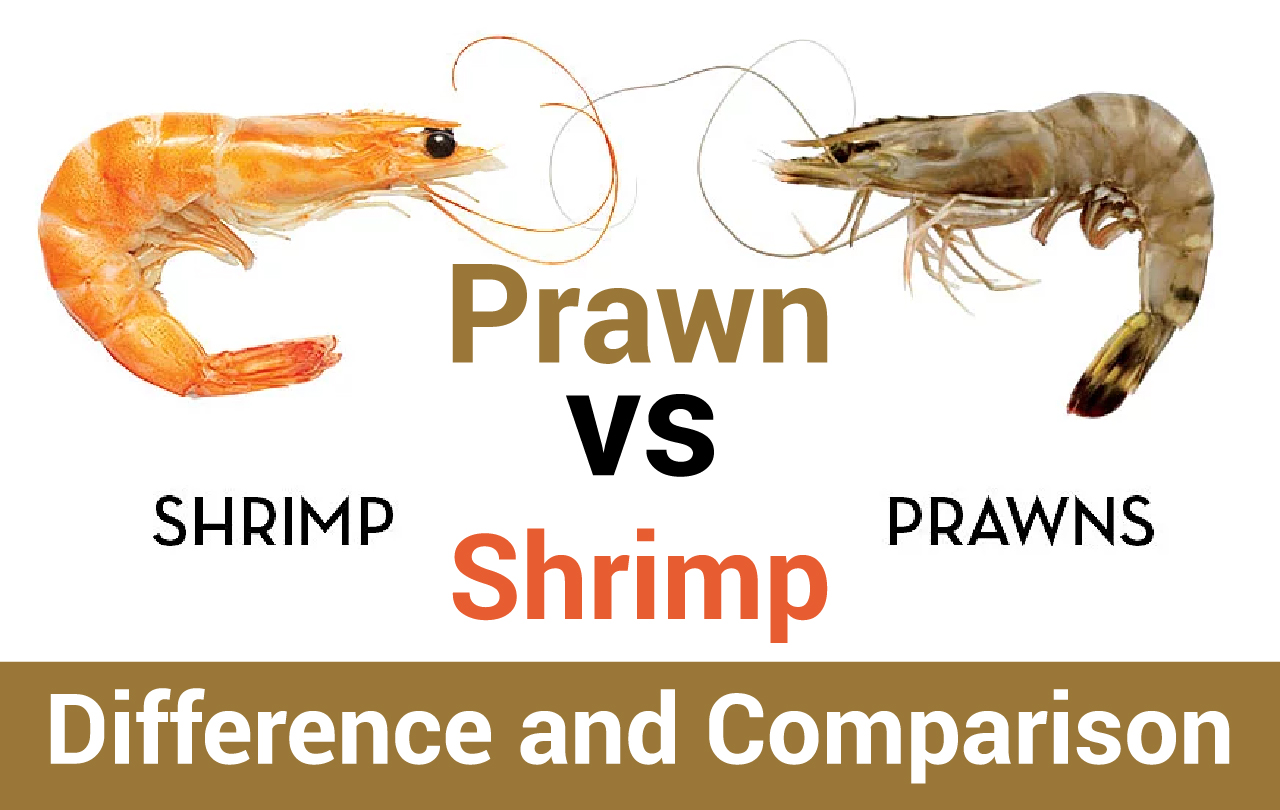Table of Contents
In the Prawn vs Shrimp debate, many people understand that Shrimp and prawns are the same. However, this is genuinely not the case. What you should realize is that Shrimp and prawn are familiar names, not scientific terms. There are few crustaceans as misunderstood as the Shrimp and the prawn.
Some people think they’re the same thing; others believe they differ only by size; others think they’re called different things in different countries, or regions, or states. And yet: all of these people are wrong! Shrimp and prawns are entirely different creatures. Yes, they’re both decapods — which means they have external skeletons and ten legs — but that’s where the similarities end. Shrimp relate to the sub-order Pleocyemata, and prawns belong to the sub-order Dendrobranchiata.

Prawns and Shrimp Are Scientifically Distinct Species
Prawn vs. Shrimp is both Decapod crustaceans, which means that they have ten legs. However, they belong to different sub-orders; Shrimp is part of sub-order Pleocyemata, while prawns belong to Dendrobranchiata. This means that you can differentiate the two by looking for a few telltale physical characteristics. The most defining of these is the gill structure, which is also the hardest to spot. Other, more easily visible traits are better for telling Shrimp and prawns apart at a glance.
Side Plates: Shrimp have side plates with segments that overlay in front and behind; this allows their bodies to take on the familiar, curled shape. By contrast, prawns have side plates that overlap like tiles from front to back, which keep their bodies straight.
Claws: You can also use nails to tell Shrimp and prawns apart. Shrimp have claws on two pairs of legs, with large front pincers. Prawns have claws on three pairs of legs, with the most massive pincers on the second pair.
Shrimp
- Hold branching gills – these are a side plate that overlays segments in the front and back.
- Often smaller in size – legs with claws on two pairs.
- Carry eggs outside their bodies and below their tails, or on the underside of their body.
- Saltwater penaeids.
- Have a distinctive bend in their body shape.
- Classification: sub-order of Pleocyemata.
- Pinchers: Front pinchers are the largest.
- Notable varieties: White Leg Shrimp, Pink Shrimp, Brown Shrimp, and Atlantic White Shrimp.
- More commonly found on North American menus.
Prawns
- Hold lamellar (plate-like) gills – these are side plates that overlap.
- Typically more substantial in size – legs with claws on three pairs.
- Carry eggs inside their bodies, located near their tails. They release the eggs into the water.
- Does not have a notable bend in their body shape.
- Freshwater palaemonids.
- Classification: sub-order of Dendrobranchiata.
- Pinchers: Second, pinchers are more significant than the front ones.
- Notable types: Indian Prawn, Giant River Prawn, and Tiger Prawns.
- Usually sweeter.
- More commonly found on menus in the United Kingdom, as well as countries such as Australia.

Choosing Between Prawn vs Shrimp
Choose Prawn vs. Shrimp based on size what a recipe calls for and whether they’ve been caught or raised in an environmentally responsible way. U.S. wild-caught shrimp/prawns is a well-managed fishery, for example. Similarly, U.S. seafood farms follow better practices than many others.
Along with the size and how the Shrimp or prawns came to be at the stocks, different types have different flavor profiles and qualities, making certain kinds ideal for specific dishes. Whether Shrimp or prawns, it is best to buy fresh when you can because frozen Shrimp and prawns often have a rubbery, more robust texture after cooking.

Prawn vs Shrimp: Definitions Vary by Country
The names are used almost interchangeably, depending on where in the English-speaking world you are. In the USA, prawn usually means a giant shrimp. The U.K. and Australia practically always use the term prawn instead of Shrimp.
In some usage, prawn is reserved for those found in freshwater and Shrimp for those located in saltwater. No matter what you call them, they’re a sure-fire hit when you’re craving seafood.
FAQs
[wps_faq style=”classic” question=”Q: Do prawns and Shrimp taste different?”]A: There is no definitive flavor that distinguishes a shrimp from a prawn. They’re very similar in taste and texture. Some say prawns are a bit sweeter and meatier than Shrimp, while Shrimp are more delicate. Therefore, prawns and Shrimp are often used interchangeably in recipes.[/wps_faq][wps_faq style=”classic” question=”Q: Which is more expensive, prawn or Shrimp?”]A: Prawns are generally more giant than Shrimp and have longer legs. They have branching gills and three sets of claws. Although they are similar in taste to Shrimp, they are considered more of a delicacy and are more expensive because of their size. In the USA, prawn usually means a giant shrimp.[/wps_faq][wps_faq style=”classic” question=”Q: Are prawns healthy?”]A: Prawns are a rich reference of selenium, one of the common effective antioxidants at maintaining healthy cells. They also contain high levels of Zinc, which is essential to develop a healthy immune system. Eating prawns benefits build strong bones because they contain phosphorous, copper, and magnesium.[/wps_faq][wps_faq style=”classic” question=”Q: Do Shrimp have claws?”]A: Claws and pincers: Shrimp have claws on two sets of their legs, and their front pincers are the largest. Prawns have claws on three pairs of their legs, and their second pincers are more significant than their front ones.[/wps_faq][wps_faq style=”classic” question=”Q: Can you eat prawns every day?”]A: I suggest not to eat prawns every day. Although prawns are rich in protein, they are also high in cholesterol and acidic. Prawns can make low-density lipoprotein (or in standard terms known as “bad” cholesterol) level increase. Aside from that, prawns and shrimps have a high acidic level.[/wps_faq]
Conclusion
We found no problem substituting one for the other in any recipe. The most important thing is to make sure that the count per pound (which indicates the size) is correct so that the same cooking times will apply. When it comes to buying and cooking both Shrimp and prawns, labeling can cause some seafood-counter confusion.
Jumbo Shrimp are often labeled as prawns, and some shrimp are named after prawns (like the short-seasoned Spot Prawn). While authentic prawns have a slightly sweeter taste, most recipes calling for Shrimp can use prawns and vice versa.

